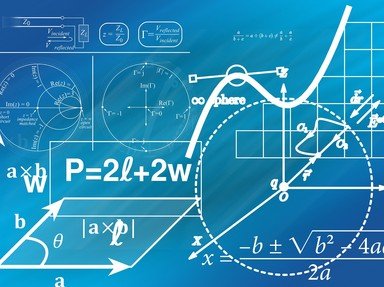Quiz Answer Key and Fun Facts
1. The first invitation goes to Adam. The addresses of the street he lives on start at 300 and go up. Also, the number of factors of his address is equal to the total number of possible arrangements of the letters in his name ('A', 'D', 'A', and 'M'). If his house is the first one on his street to have exactly that many factors, then what is his address?
2. My friend Brian lives in a house which has an address that is a perfect square. No house on his street has an address with more than two digits. When you multiply his address by the number that is one less than his address, the total number of factors of that number is equal to his address. So, what is his address?
3. Chris's address has a unique characteristic. If you square his address, the number of factors of the square will be equal to his address. Also, the square of his address isn't equal the address itself. What is his address?
4. Devin's address is the first number whose factorial ends in exactly 200 zeros. What is his address?
5. I always make fun of Evan for being evil because his address is the first multiple of 23 whose digits add up to 23 (and everyone knows that no number is more evil than 23). What's his address?
6. Frank's address is the first 4-digit number whose number of factors is equal to the number of proper factors (factors other than itself) of the number that is one less than it. What is Frank's address?
7. George's address can be represented as XYZ, where X represents the 100's digit (greater than 0), Y represents the 10's digit, and Z represents the 1's digit. George's address is one such that X + Y - Z = X^2 + Y^2 - Z^2. If X, Y, and Z are unique integers, and XYZ is not prime, then what is George's address?
8. Henry's address is the first number that can be represented by the sum of 3, 4, 5, or 7 consecutive positive integers. What is his address?
9. Ian's address is the 12th multiple of 12 to have 12 factors. What is his address?
10. Joe's address is the lowest perfect square for which the sum of its digits is a perfect number (A number whose proper factors add up to itself). What is his address?
Source: Author
bfguitarhero
This quiz was reviewed by FunTrivia editor
crisw before going online.
Any errors found in FunTrivia content are routinely corrected through our feedback system.
